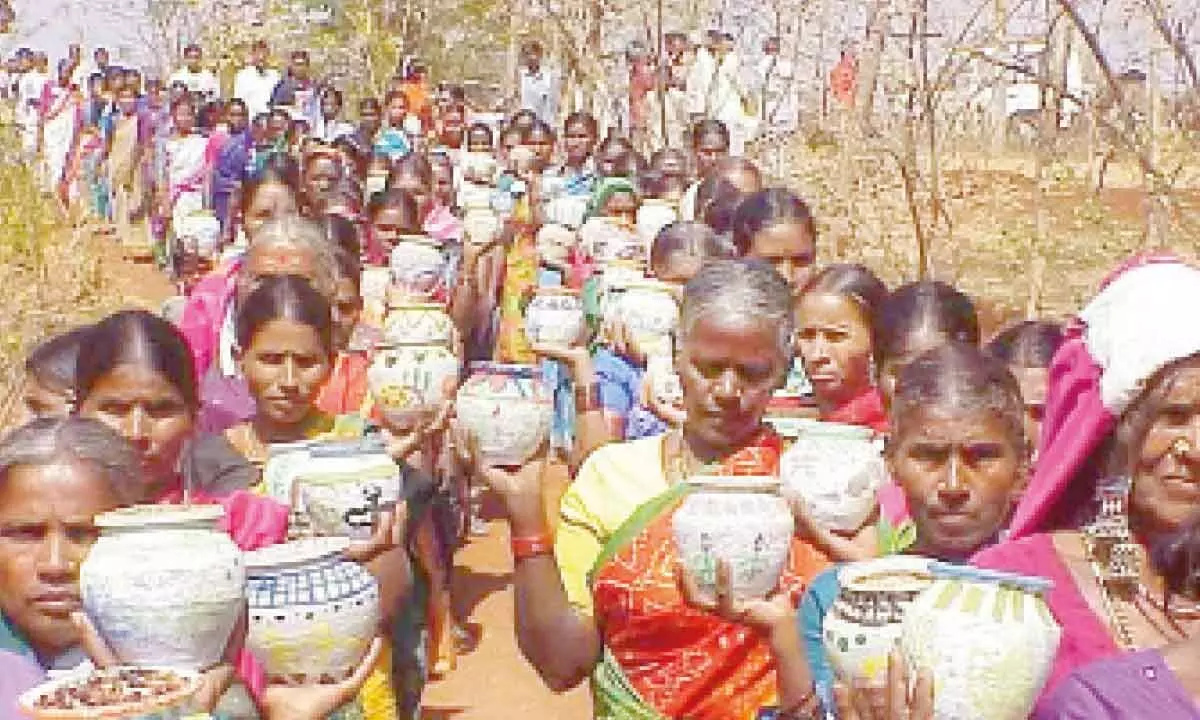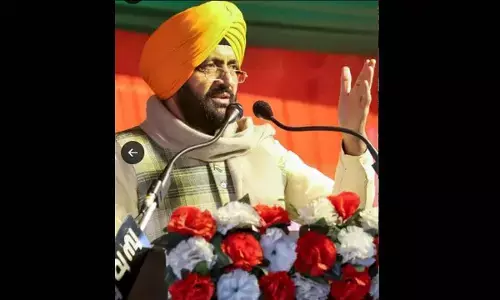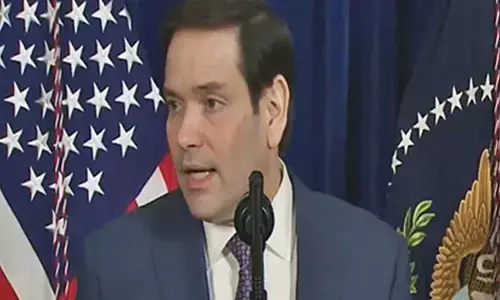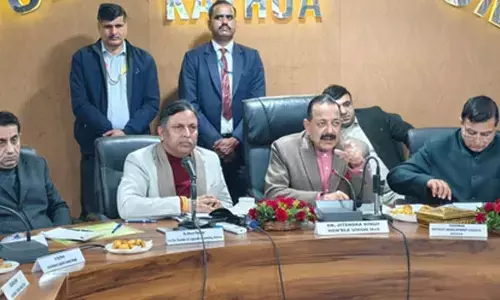A true-blue 'Millet Man of India'

PV Satheesh single-handedly brought the magic of millets on the global high table
At a time when the world is celebrating 2023 as the International Year of the Millets, the story of a courageous person who single-handedly brought the international focus on reviving millets – the forgotten ancient food – is a story of grit, determination and perseverance. It is a story of one man's remarkable and relentless struggle to bring back the magic millets on the high table.
PV Satheesh, one of the founders and director of Deccan Development Society (DDS) in the sleepy village of Pastapur in Zaheerabad district of Telangana, passed away last week.
He was the person – some rightly call him the 'Millet Man of India' – who very early could see a future for millets, otherwise relegated as a poor man's food. When I see all the excitement over the food transformation that is expected from the entry of millets in the food supply chains, it reminds me of the remarkable and relentless struggle waged by thousands of marginalised women over the years in the dry regions of erstwhile Andhra Pradesh, and under the dynamic leadership of Satheesh, as he was popularly called, who made that possible.
Satheesh not only gave them a voice, but also brought in far-reaching reforms that changed the power equation in a caste-dominated society. Many of the rural development programmes that we see now trace their roots toPastapur. The concept of village sanghams that he introduced, where women of a village could sit together, was a unique development pathway that strengthened community participation. The tribal women, associated with DDS, introduced the system of balwadis, which has since grown into a national programme of anganwadis.
It was interesting to see how the sanghams were involved in biodiversity conservation and played an important role in documenting biodiversity registers at a time when the debate around Trade-related Intellectual Property Rights (TRIPs) was hot.
A month before he died, Satheesh had invited me to be the chief guest at the valedictory function of the week-long annual 'Biodiversity Mobile Yatra' on bullock carts passing through villages.
The objective was to encourage biodiversity conservation and also protection of the traditional seeds. During the programme, I was taken by surprise when one of the tribal women in her brief welcome speech, said something like this: "We have now become rich. The rich have now become fond of the food that we poor used to eat. This gives us a feeling that the rich in the cities have begun to appreciate the richness in our food. It means that we have rich food habits."
The richness in poor man's food – millets, the nutri-cereals – is what the world has now begun to celebrate. Being environmentally-resilient, and rich in nutrients, the nutritionally rich millets are being recognised as the answer to nutritional security and of course for averting climate change disruptions.
"I didn't do anything extraordinary,' he told me when I asked him how he felt at the world finally recognising his efforts. "Yes, when I started talking about the inherent strengths of millets, I must have been among the few voices. But because I was clear that millets not only could supplement food nutrition but also play a significant role in reshaping the food security needs, my biggest challenge was to educate my own colleagues in the civil society as well as the policy makers."
Thenceforth, bringing economic security to the marginalised communities that lived and protected the traditional seeds and cultivars became a passion for him.
"At some stage, I realised that the uneducatedwomen were more literate than the city folks, and therefore the best way to bring them onto the centre stage was to empower them and make them self-confident," he said.
A former journalist himself, having worked with Doordarshan and Deccan Chronicle, he knew the power of communication. He gave TV cameras to tribal women, made them handle and learn the techniques of video recording and later set up a community radio station. To ensure that the message goes into the community, the radio programmes were later discussed in the village sanghams. Besides the seed banks, he also introduced the concept of alternate PDS by setting up a Community Grain Fund. Farmers get 10 per cent higher price for their produce when they bring their harvest to the alternate PDS that DDS had developed.
He was also able to set up a KrishiVigyan Kendra (KVK) with focus on organic farming. This is the only KVK in Telangana that looks at non-chemical farming practices.
The self-confidence that he was able to inculcate enabled a few of them to globe trot and speak at numerous international platforms. I myself have shared the stage with Laxmiamma, a tribal seed saver, at a couple of conferences in UK, and let me acknowledge the rich applause she had received from the audience. People like her became the voices of the marginalised communities.
Several years ago, I was interviewed by the DDS community radio, and what came as a surprise was the interaction that followed in the village sanghams. They debated on what I said and came back the next morning with queries.
Satheesh was part of the South Asia Network for Food, Ecology and Culture (SANFEC) based at Tangail in Bangladesh. Being invited at the SANFEC meetings, I remember the collective efforts put in by members from Pakistan, Nepal, Sri Lanka, Bangladesh and India at building a lifestyle that drew strength from the cultural values and focused on protecting ecology and food habits special to the region.
His role in questioning the imposition of genetically-engineered crops, not only in India but also in western Africa, was supplemented by drawing on the alternate cropping patterns suited to the region.
He had earlier set up the Millets Network of India (MILI) that became a collective strength to promote the virtues of millets.
Always peeved at the economic insecurity that farmers face, his efforts were to provide an assured and guaranteed price for farm produce at the local level.
At the last supper that I had with him, I recall his parting words: "I admire your efforts to ensure a guaranteed income for farmers. Let me assure you, we agree with your call for providing legal sanctity for Minimum Support Price (MSP) to farmers. We will back your efforts. You'll succeed."
Satheesh has gone away. But his life, dreams and works has left behind a strong legacy.
As the world celebrates the International Year of the Millets, it is time also to applaud the immense contributions of the 'millets man' from Pastapur, who has left behind a powerful socio-ecological footprint for the world to walk on.
(The author is a noted food policy analyst and an expert on issues related to the agriculture sector.
He writes on food,
agriculture and hunger)
















